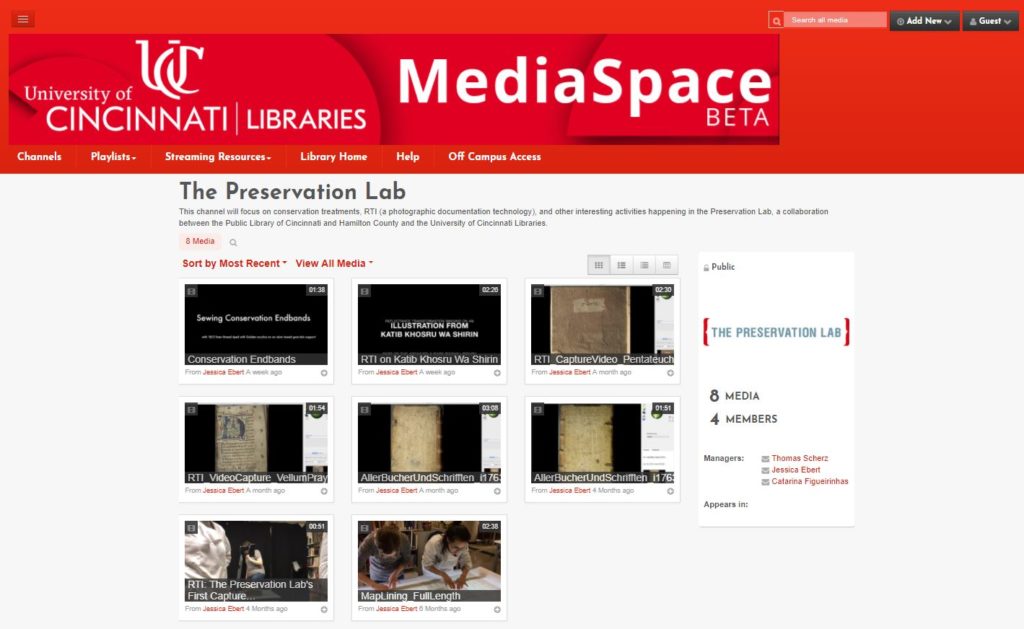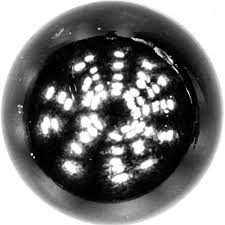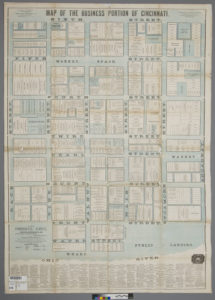Making the Perfect Wheat Starch Paste
As I’m sure anyone in a book & paper lab will attest, good wheat starch paste is key to most, if not all conservation treatments. And achieving that perfectly smooth and lump-free paste is often easier said than done. So when the Preservation Lab crew returned from UC’s winter seasonal days off, the first thing on the docket for our resident paste maker, Veronica Sorcher, was to make a brand new batch of wheat starch paste to start the new year off right! My purpose in documenting her through this process was two fold: first, it’s been ages since I’ve made paste myself (because Veronica almost always does it – she loves it and we love her for always making it!) and I could use a refresher, and secondly, I thought it would be interesting to show the making of (or behind-the-scenes, BTS, if you will) of something so core to the day-to-day conservation in the lab. To give those who might not understand how much attention is put into the quality of every aspect of what we do here in the lab. Plus, I thought it might be fun! I hope you enjoy…
A huge thank you to Veronica for being the paste making master she is and allowing me to film her and to Catarina for allowing me to film her while she strained and used the lovely paste that had just been made.
Jessica Ebert (UCL) – Conservation Technician




